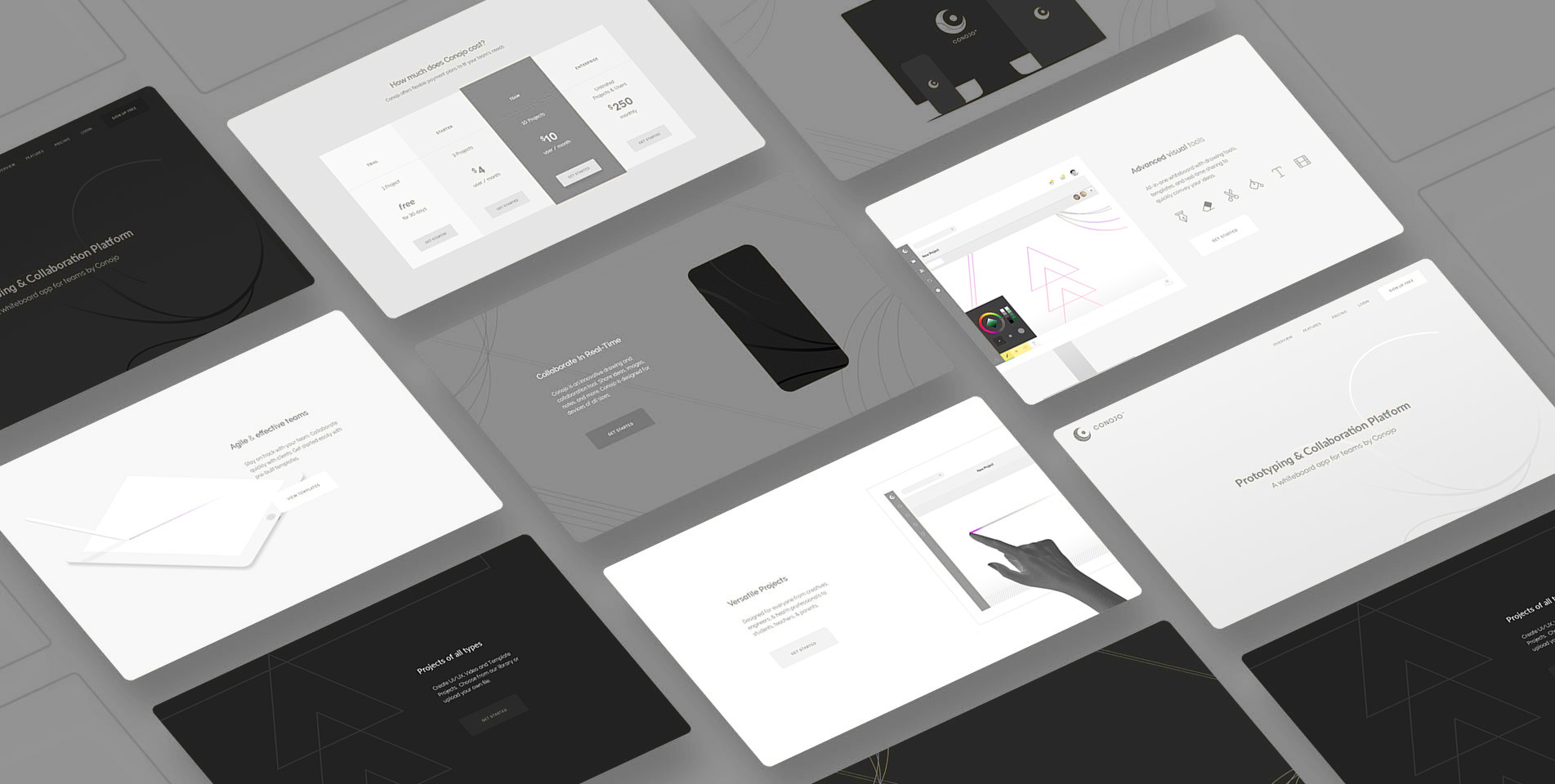After nearly two decades of designing digital interfaces, I’ve learned that great design isn’t about following trends or applying formulaic solutions. It’s about finding the clearest path between a problem and its solution.
The Distinction That Matters
When people ask me about UI vs UX design, I explain it this way: UI is what you see and interact with, while UX is how it all works together to solve your problem. While they’re different aspects of design, treating them as separate entities misses the point. They’re two parts of the same conversation.
My Approach to Interface Design
I’ve always been drawn to minimalism, both in my personal life and my design work. This isn’t about making things look empty – it’s about being intentional with every element on the screen. Having worked on projects ranging from healthcare platforms to financial services, I’ve found that the most effective interfaces often have the least noise.
Using tools like Figma and Adobe Creative Suite, I focus on:
- Creating clear visual hierarchies
- Maintaining consistency across all touchpoints
- Ensuring every element serves a purpose
- Making interfaces that work across all devices
The User Experience Reality
The term “user experience” has become somewhat of a buzzword, but at its core, it’s about something very simple: does this thing work well for the people who need to use it? Having worked with clients like World Bank and AP, I’ve learned that the best user experiences often go unnoticed – they just work.
What Actually Matters in Design
After years of both designing and developing interfaces, here’s what I believe makes the difference:
- Technical Understanding: Being able to code has made me a better designer. Knowing what’s possible helps create more practical solutions.
- Clear Communication: Complex systems don’t need complex interfaces. The opposite is true.
- Thorough Testing: Nothing beats watching real people use what you’ve designed. It’s often humbling, always informative.
Tools and Learning
While I’m proficient with most design tools (currently using Figma for most projects), I’ve found that tools matter far less than understanding fundamental principles. That said, if you’re looking to learn, I recommend:
- Learning the basics of front-end development (HTML, CSS)
- Understanding design systems and component-based design
- Practicing with real projects rather than just tutorials
- Studying how successful products solve problems
The Future of UI/UX
Having watched this field evolve since the early 2000s, I’m excited about where we’re heading. But I’m also cautious about chasing trends. Good design principles are timeless – they’re about solving human problems clearly and efficiently.
At the end of the day, our job as designers isn’t to follow trends or create eye candy for it’s own sake – it’s to solve real problems for real people. Everything else is just noise.
Want to discuss a project or share your thoughts? Leave a comment below or get in touch.
Tools and Resources for UI/UX Designers
Here are the tools and resources I use regularly and recommend:
- Recommended Tools:
- Learning Resources:
- Nielsen Norman Group: My go-to for evidence-based UX research and insights.
- A List Apart: Thoughtful, in-depth articles on web design and development.
- UXPin: Great platform with practical design materials and tutorials.
- UXMyths: Fantastic for understanding common misconceptions in UX.


